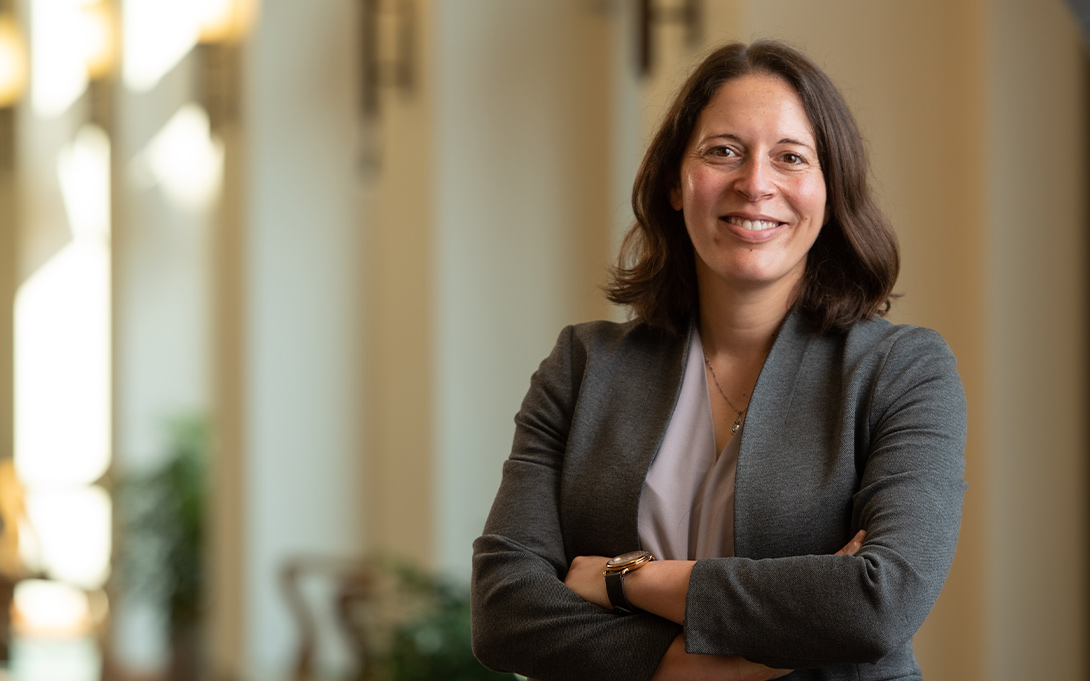
The HAIL Scholarship program was launched in 2016, with considerable input from Ford School professors Katherine Michelmore, Susan Dynarski, and Stephanie Owen about how to reach high achieving, low-income students in Michigan. A follow-up study looks at the specifics of why the program has proved successful for those students.
Michelmore, Dynarski (now at Harvard University), and Owen (now at Colby College) investigate what type of “free college” proposals are most effective. The study randomly assigns high-achieving, low-income high school seniors to receive one of two offers: a pre-admission unconditional offer of four years of free tuition called the HAIL Scholarship, or a pre-admission free tuition offer contingent upon students demonstrating need each year called the Go Blue Guarantee. A third group of students received no offer and were considered the control condition.
Using data from the Michigan Department of Education to identify eligible students, the study found that while both groups apply to U-M at higher rates, the certainty of the HAIL Scholarship was much more successful in increasing application, admission and enrollment rates.
The paper “The Power of Certainty: Experimental Evidence on the Effective Design of Free Tuition Programs,” which was published in the National Bureau of Economic Research, was also produced by predoctoral fellows Elizabeth Burland and Shwetha Raghuraman.
“The financial certainty of the unconditional, four-year commitment appears particularly valuable,” the authors write. “Among low-income students offered the unconditional, four-year commitment, the rate of application to the University of Michigan was 63 percent, compared to 44 percent in the arm with the conditional, one-year offer, and 35 percent in the control group.”
The researchers also looked into explanations for why the HAIL Scholarship was so successful compared to the Go Blue Guarantee offer. They examined whether HAIL students were reluctant to fill out aid forms, compared aid offers, and examined the effect of the rollout of the statewide Go Blue Guarantee. But, none of these explanations were as strong as the financial certainty of the HAIL Scholarship.
“Our findings suggest that a straightforward, zero-tuition program like HAIL would substantially expand enrollments among low-income students,” they conclude. “However, we expect little effect of policies that, like the Go Blue Guarantee, rely on traditional, need-based aid programs and do not resolve uncertainty about aid until after application.”
Read the entirety of the new working paper, the original HAIL study, and an article discussing the paper:
- The Power of Certainty: Experimental Evidence on the Effective Design of Free Tuition Programs, National Bureau of Economic Research, March 2022
- Study: Designing Free Tuition Programs for Maximum Uptake, Inside Higher Ed, March 29, 2022
